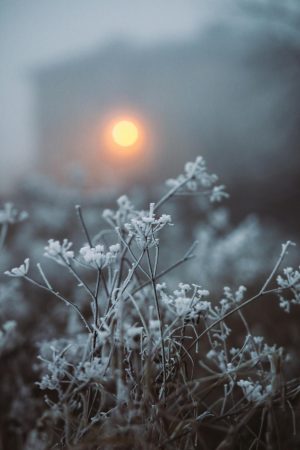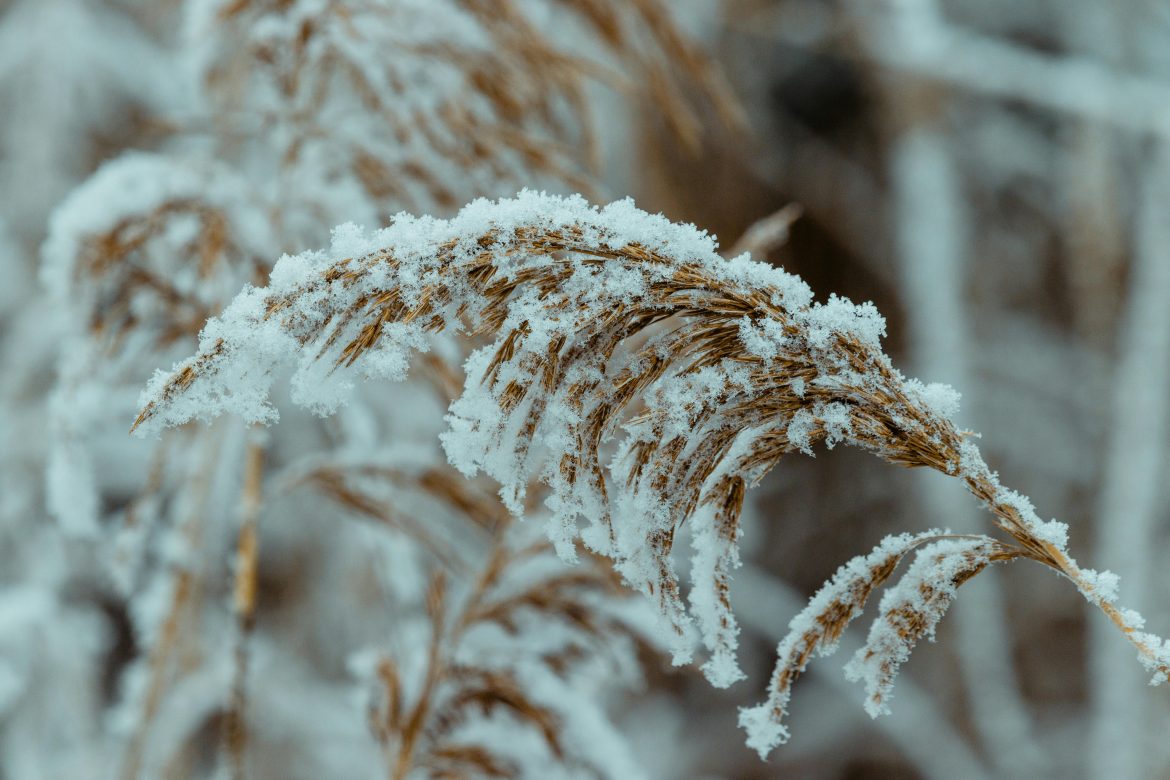As temperatures drop and frosts become more frequent, we’ll be bundling up to protect ourselves from the cold – but many of our plants suffer. Cold winds, heavy rains, and chilly mornings can leave even the hardiest plants looking worse for wear if not properly cared for. Whether you are dealing with tender flowers or established shrubs, knowing how to protect your garden in winter is essential for ensuring healthy growth when warmer months return.
The good news is that with a few simple techniques, you can safeguard your plants and help them survive the cold season.
ALSO SEE: Are coffee grounds good for your houseplants?
Understanding which plants need extra protection
Not all plants need the same level of winter care. Hardy plants, like certain evergreens and winter-flowering shrubs, are naturally equipped to handle cold snaps. However, tender plants, exotic species, and young seedlings are more vulnerable to frost damage. Identifying which of your plants are at risk is the first step to giving them the right protection.
It is worth noting that newly planted trees and shrubs, even if they are classed as hardy, can also be more susceptible during their first winter as their roots are not yet fully established.

Pexels
Providing shelter from frost and wind
Frost and biting winds are among the biggest threats to your garden in winter. Where possible, move potted plants to more sheltered spots, such as against a wall, under a patio, or inside a greenhouse. If moving them is not an option, creating a barrier with hessian, fleece, or specially designed plant covers can offer valuable protection.
Wrapping vulnerable plants loosely allows air to circulate while keeping frost at bay. For particularly delicate species, cloches or cold frames can provide an extra layer of defence against temperature extremes.
Keeping roots safe and warm
The root system is often the most critical part of a plant to protect during the winter. A simple and effective method is mulching. Spreading a thick layer of organic material, such as bark, compost, or straw, around the base of plants helps to insulate the soil, regulate temperature, and retain moisture. This not only protects roots from freezing but also improves the soil quality in the long term.
For container plants, it is also important to raise pots off the ground to prevent waterlogging and potential frost damage. Pot feet or small bricks can do the job without much fuss.

Pexels
Managing watering in cold weather
It may seem counterintuitive, but plants still need water during winter. However, overwatering can lead to root rot, especially when the soil stays cold and wet for extended periods. Water plants only when necessary and try to do so during the warmer part of the day. This ensures that water can be absorbed before temperatures dip again overnight.
Plants under cover will usually need less frequent watering, but do not let them dry out completely. Monitoring the moisture levels of the soil will help you strike the right balance.
What to do if frost damage occurs
Even with the best preparation, a sudden frost can sometimes catch you off guard. If you notice blackened, wilted, or mushy leaves after a cold night, resist the urge to prune them immediately. Damaged foliage can act as a protective barrier for the healthy parts of the plant underneath. Wait until the risk of further frosts has passed before tidying up and pruning away the affected areas in early spring.
Encouraging recovery with a gentle feed once growth resumes can also help your plants bounce back and flourish when the warmer weather returns.
Looking after your garden during winter pays off in spring
While it might be tempting to retreat indoors and leave the garden to fend for itself, a little winter care goes a long way. Protecting your plants now not only increases their chances of survival but also sets them up for vigorous growth and flowering later in the year. With some thoughtful preparation and ongoing attention, your garden will come through winter stronger, healthier, and ready to thrive once again.
ALSO SEE:
Featured Image: Pexels

